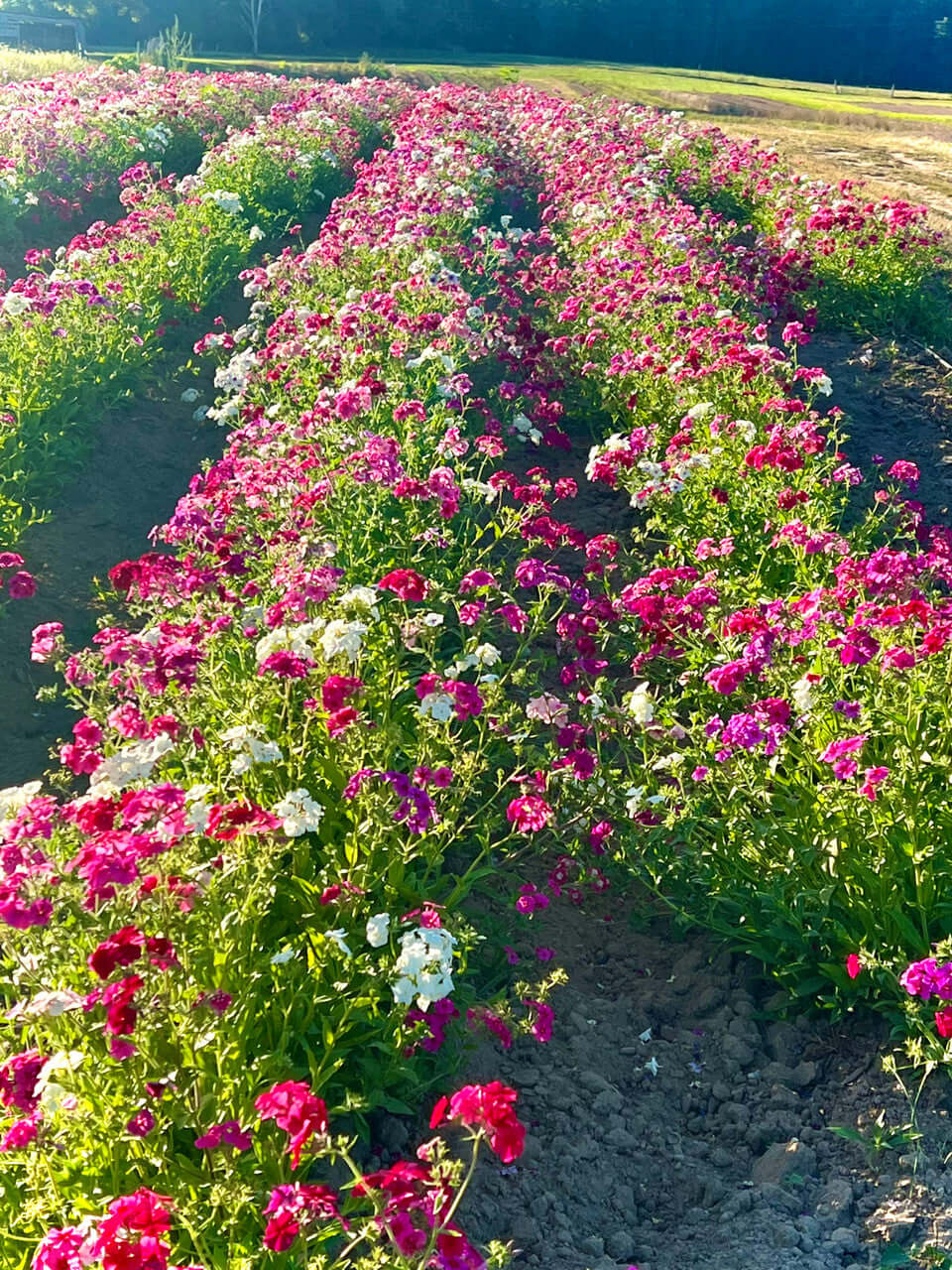Tall Garden Phlox
Tall Garden Phlox
| Order | Percentage Discount | ||
|---|---|---|---|
| 2-5 | 25% Off | ||
| 6-10 | 30% Off | ||
| 11-25 | 35% Off | ||
| 26-50 | 45% Off | ||
| 51+ | 65% Off | ||
Couldn't load pickup availability
5-7 Days
Over 12"
Sun or Shade
4-8
Flowering
Bare-root
Tall Garden Phlox
Tall Garden Phlox is a widespread flowering plant native to North America. It is commonly used in landscaping around homes and garden spaces due to its attractive and vibrant blooms, easy-to-care-for nature, and versatility. There are several types of them, each with unique features and benefits.
Tall Garden Phlox Uses
It is a low-growing plant that spreads quickly. It is used for soil erosion and is put on steep hillsides where it can not be mowed. In early spring, it blooms with many small, fragrant flowers in shades of pink, blue, purple, and white. It is often used to add color to rock gardens, along pathways or borders, and in areas that are difficult to mow or maintain.
This Perennial Can be Used in Various Ways in Landscaping
It can be planted in mass groupings for a bold statement, mixed with other perennials and annuals for a more natural look, or used as a border or edging plant. It is also attractive to butterflies and hummingbirds, making it an excellent choice for wildlife gardens.
Planting Tall Garden Perennial
When planting them, choosing a location with well-draining soil and full sun to partial shade is essential. They prefer soil that is slightly acidic and moist but not wet. Once established, they are relatively low-maintenance and require little watering or fertilization.
Tall Versatile Perennial Benefits
It is a versatile and easy-to-care-for perennial groundcover plant to add beauty to any landscaping project. Its vibrant blooms and attractive foliage impress whether it is used as a ground cover, border plant, or background plant.
It offers an array of colors during the summer months. This plant can bloom for six weeks or longer. Some start to bloom in mid-summer, while others do not begin until late in August. Colors include white, red, purple, lavender, rose, and pink.
Some blend two colors with a center of another color. The flowers have five lobes and grow in clumps at the top of the plant. The plants grow from 2 to 4 feet tall, upright on a stiff stem. The leaves are deep green and lance-shaped.
When the plant's stems are approximately six inches tall, pinch off all but five or six and the tips of these stems. The plant will flourish in areas that receive full sun but grow in lightly shaded spots.
Too much shade will prevent the plants from producing as many blooms, and the quality of the blooms will suffer. They should not be grown under trees or near large hedges. Competition for nutrients and moisture from the soil can cause a problem for them.
New Growth Will Appear In The Spring
The Tall garden phlox will do well when planted in areas with good drainage and watered regularly. It is best to water the soil around the plant rather than the plant itself, which helps prevent disease. Fertilizer is recommended in the spring as new growth appears.
Mulch will help keep the soil around the plant cool and retain moisture. They will grow from the District of Columbia to the panhandle of Florida.
When the blooms start to fade, removing them will help keep the color of the initially chosen blooms. Fertilizing again after the first blooms are gone can sometimes make them bloom twice.
This Is How Your Plants Will Look upon Delivery
Bloom/Foliage Color
Mixed
Shipping date depends on the date displayed and chosen when you order from the product's page.
We only accept returns on plants verified dead. If you think your plants have died, we offer a 1 year warranty, please use use this File a Claim Link to verify dead plants and start with return warranty process.









